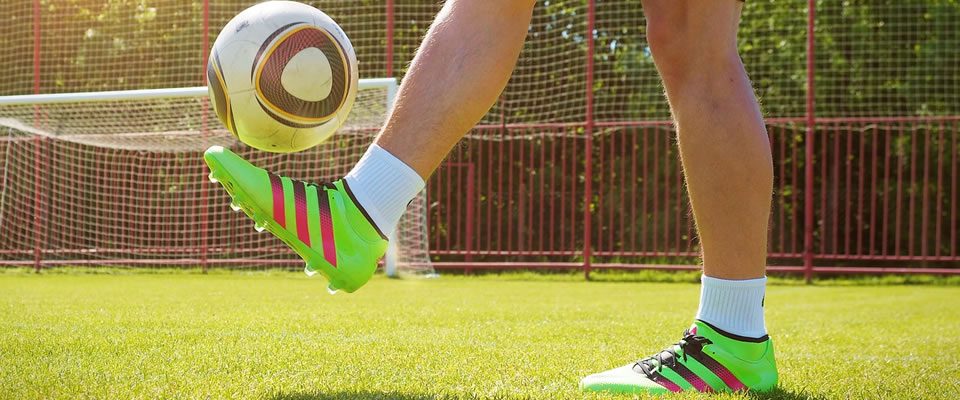Effective fitness training is not only about regular workouts, but also about preparation and recovery after them. The quality of the training process is strongly influenced by your diet and nutrition. The rule “Don’t eat an hour before and after training” is necessary, but not sufficient. If you work for the result – follow our simple recommendations, and it will not keep you waiting!
Preparing
In a normal lifestyle, the body consumes 2-3 liters of water daily. During strenuous physical activity more fluid is needed, not paying due attention to this feature can lead to dehydration. Therefore, it is useful to drink 2 glasses of water 1-2 hours before training. It is also advisable to take water with you during your workout. The additional liquid allows you to more effectively eliminate the toxins and metabolic products, the production of which becomes more intense due to the acceleration of the metabolism.
In addition, it is useful to enrich your meals on workout days with foods containing catechins: berries, fruits, green tea, and cocoa beans. Catechins help fight extra kilocalories by regulating blood sugar levels, having antioxidant activity and helping to increase energy expenditure and speed up metabolism. This is included in the diet for sports training.

Food on the day of training, if it is planned for early hours, should be light: it is useful to eat granola with yogurt or drink tea with honey. In the afternoon you can eat 2-3 hours in advance, including a meal with legumes or cereals and some seafood or lean chicken. Do not neglect eating completely: starvation lowers sugar levels, and also slows down the metabolism, this has a negative impact on the effectiveness of training. Make a harmonious diet for sports training.
During training
Intense exercise is an additional load for the body. During the warm-up, it begins to rearrange itself into an active activity, with the mobilization of resources.
- The source of energy for muscles is glycogen. It is intensively consumed during the workout. In addition, as a result of increased metabolic processes, lactic acid accumulates in the muscles, which prevents them from contracting and creates painful sensations after exercise.
- To obtain energy, the body begins to use carbohydrates first, then fats. That is when the feeling of hunger appears in the workout.
- Actively working muscles require additional oxygen and nutrition. It is necessary to provide the muscles with the necessary amount of substances.
- Intense sweating leads to blood clotting. A possible blood clot must be prevented.
During training pay close attention to possible signs of dehydration: headache, dizziness, dry mouth. Later it can go to general weakness, increased fatigue, and loss of activity. Therefore, at the first symptoms of dehydration you should start drinking water without delay. Interrupt the workout for this purpose until the condition normalizes. More intensive workouts require more fluids; it is also useful not to use pure water but special isotonic drinks that contain vitamins, microelements and carbohydrates. Nutrition during training, on the contrary, is undesirable. Only if the duration of the workout is more than 2 hours, you should have some dried fruit.
Sports diet plan after the workout
The main tasks of this period are to restore the normal rhythm of the heartbeat and to remove as quickly as possible the accumulated toxins from the body, formed as a result of muscular activity. This requires an additional amount of fluid. In addition, you need to return the body useful micronutrients and vitamins that went out with sweat during the workout.

Drink a glass of freshly squeezed apple or carrot juice half an hour after the exercise, this will also help restore energy. One hour after the exercise it is time to eat a meal. You should develop your own sports diet meal plans according to your goals. You can also use the services of professionals at https://www.dietzones.com/.
Other methods of recovery
- Walking. In order to calm your heart rate and get it to 60-80 beats, it is useful to walk a little quietly, preferably out in the fresh air. This allows you to prolong the breakdown of fats, as well as provide your body with extra oxygen. When you walk, your muscles return to normal activity within 10 minutes. The total recommended duration of the walk is 30-40 minutes.
- Swimming pool. Promotes restoration of the thermoregulatory system and muscle tissue, excretion of lactic acid, and creates an additional aerobic load. Immediately after the workout it is useful to swim for 15-20 minutes.
- Sauna. Promotes the strengthening of the immune system, improves the condition of ligaments and joints. On the other hand, a sauna is an additional load for the thermoregulation system and the heart, and should be used with caution, especially after an intense workout.


